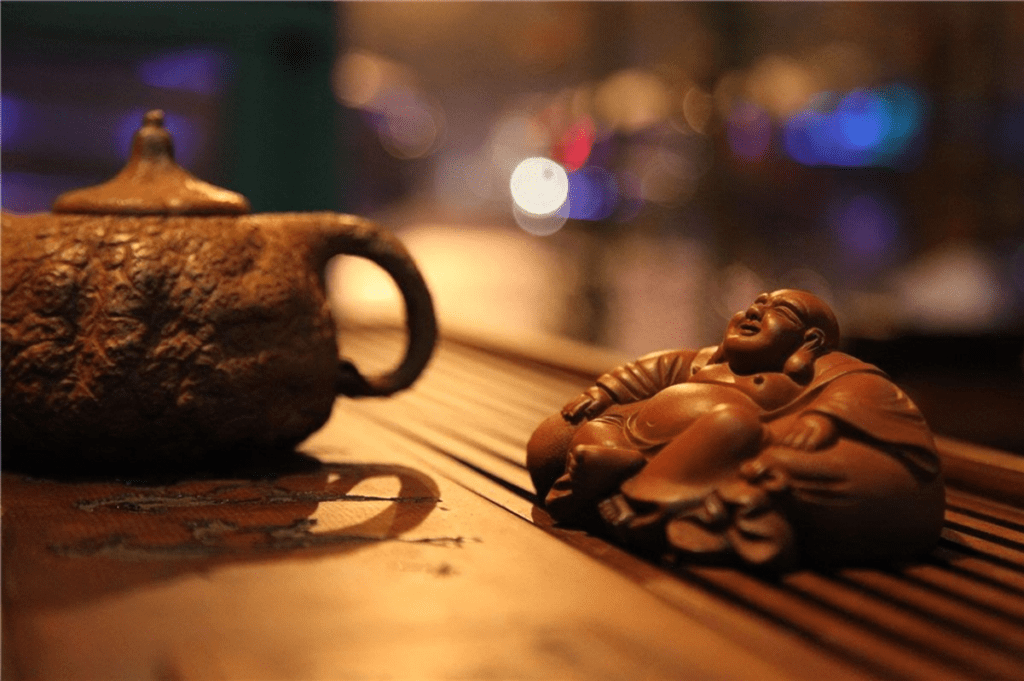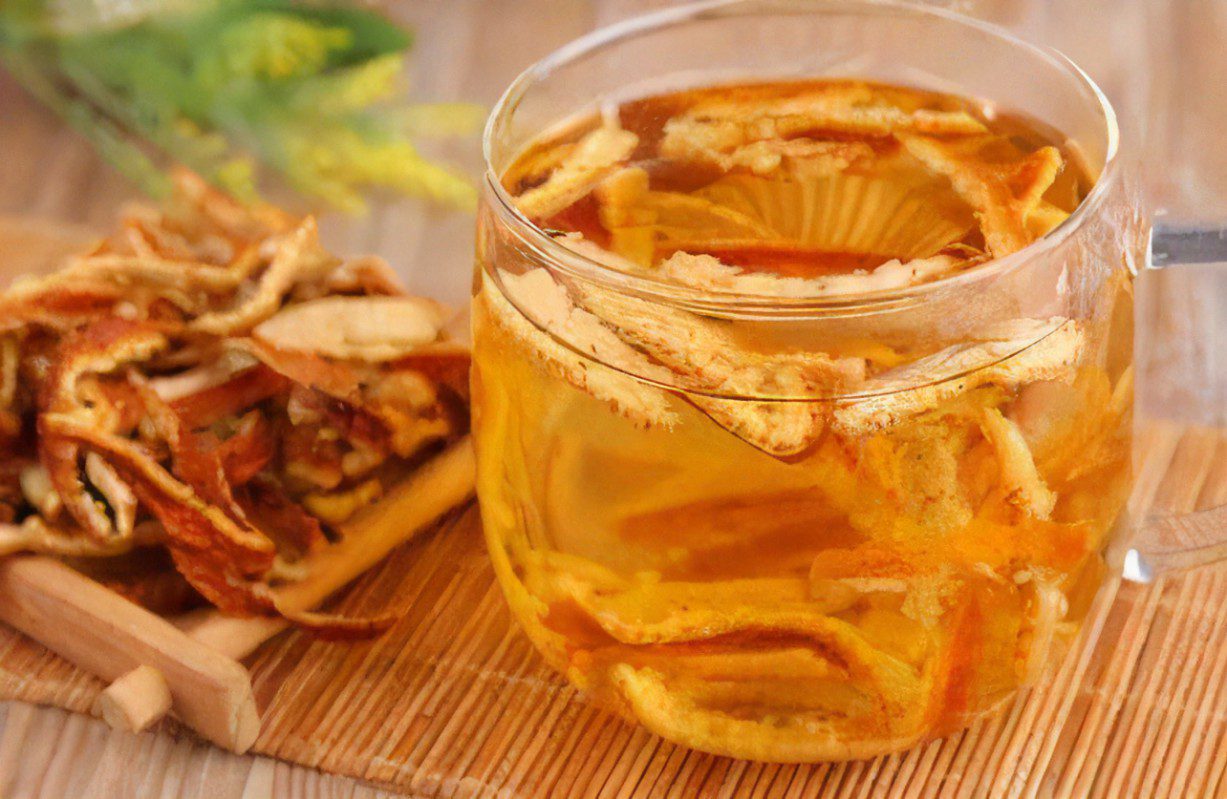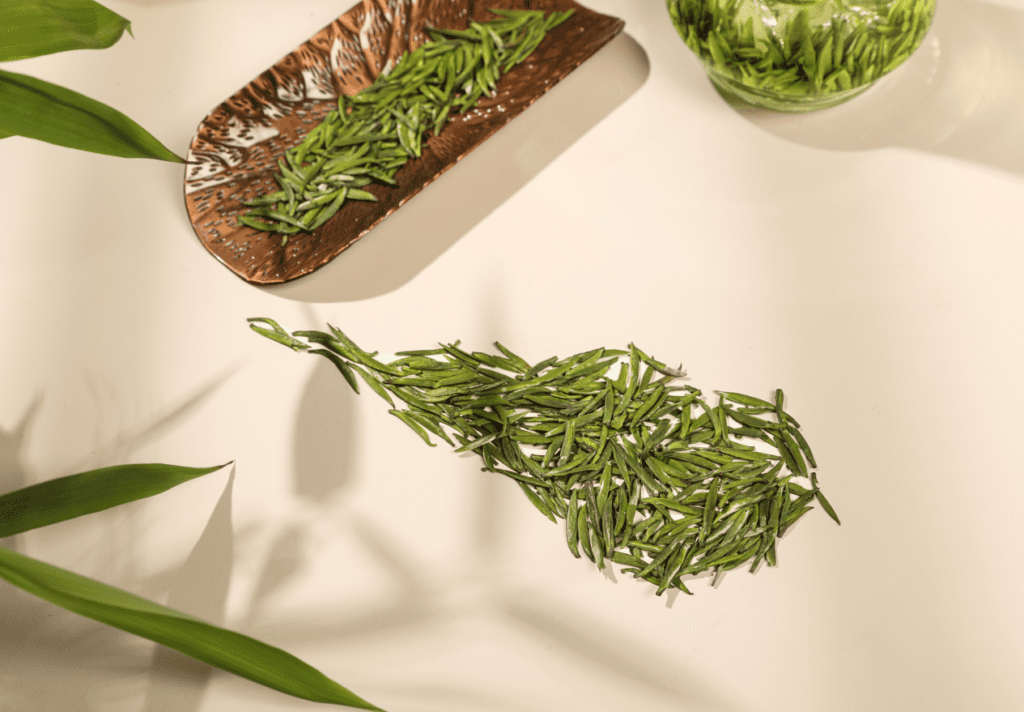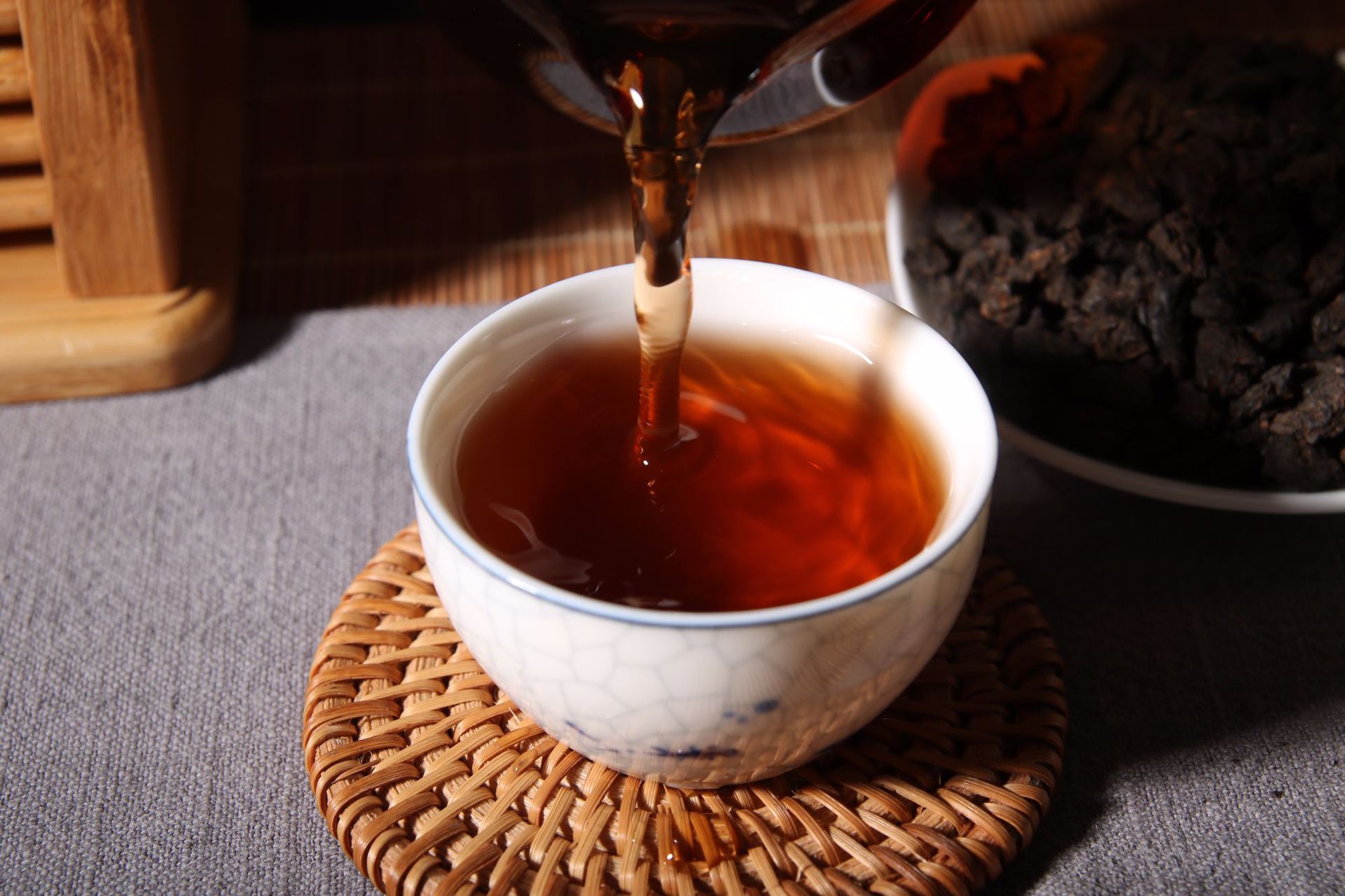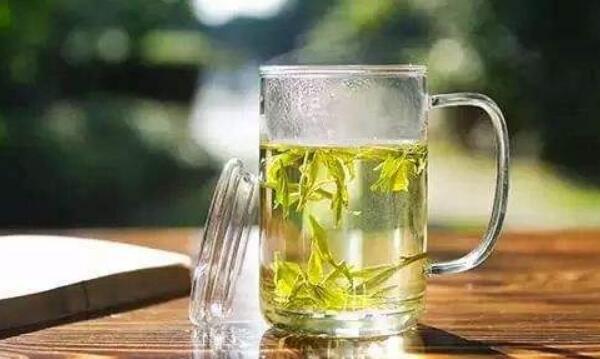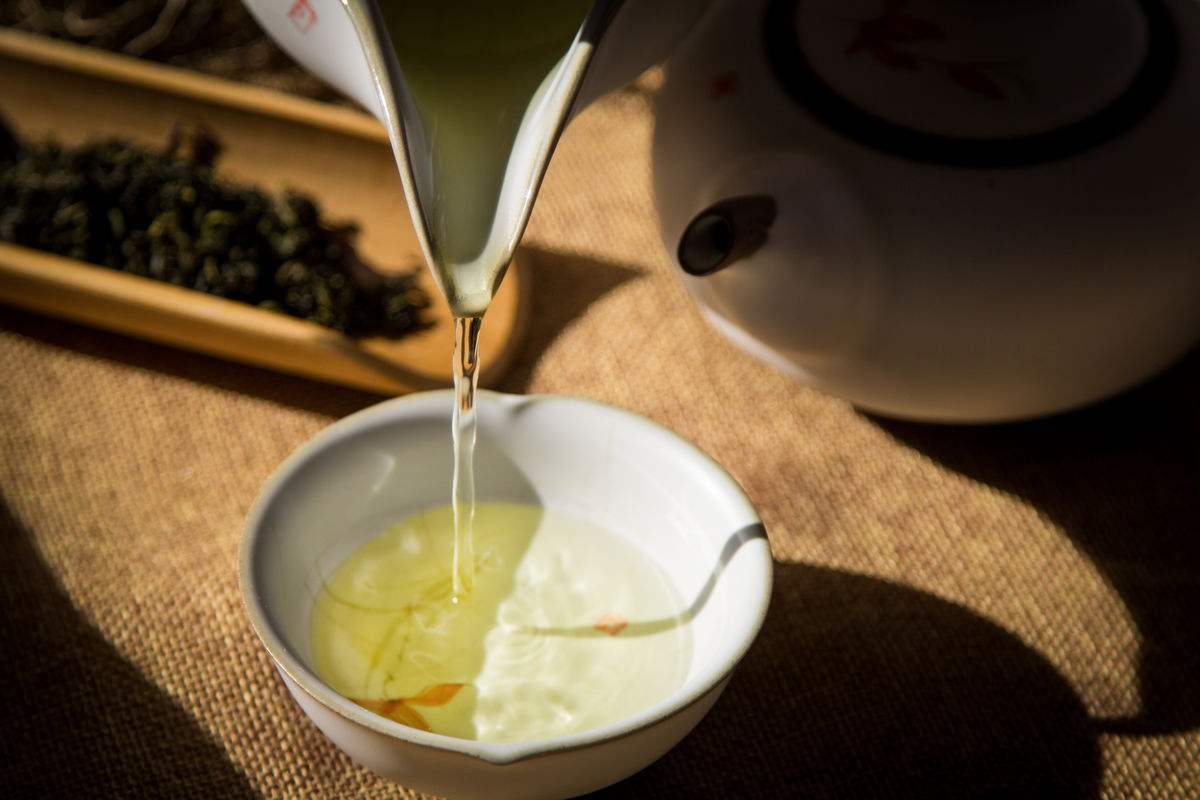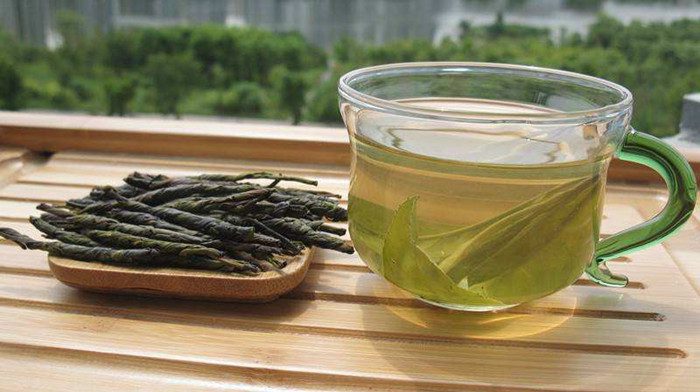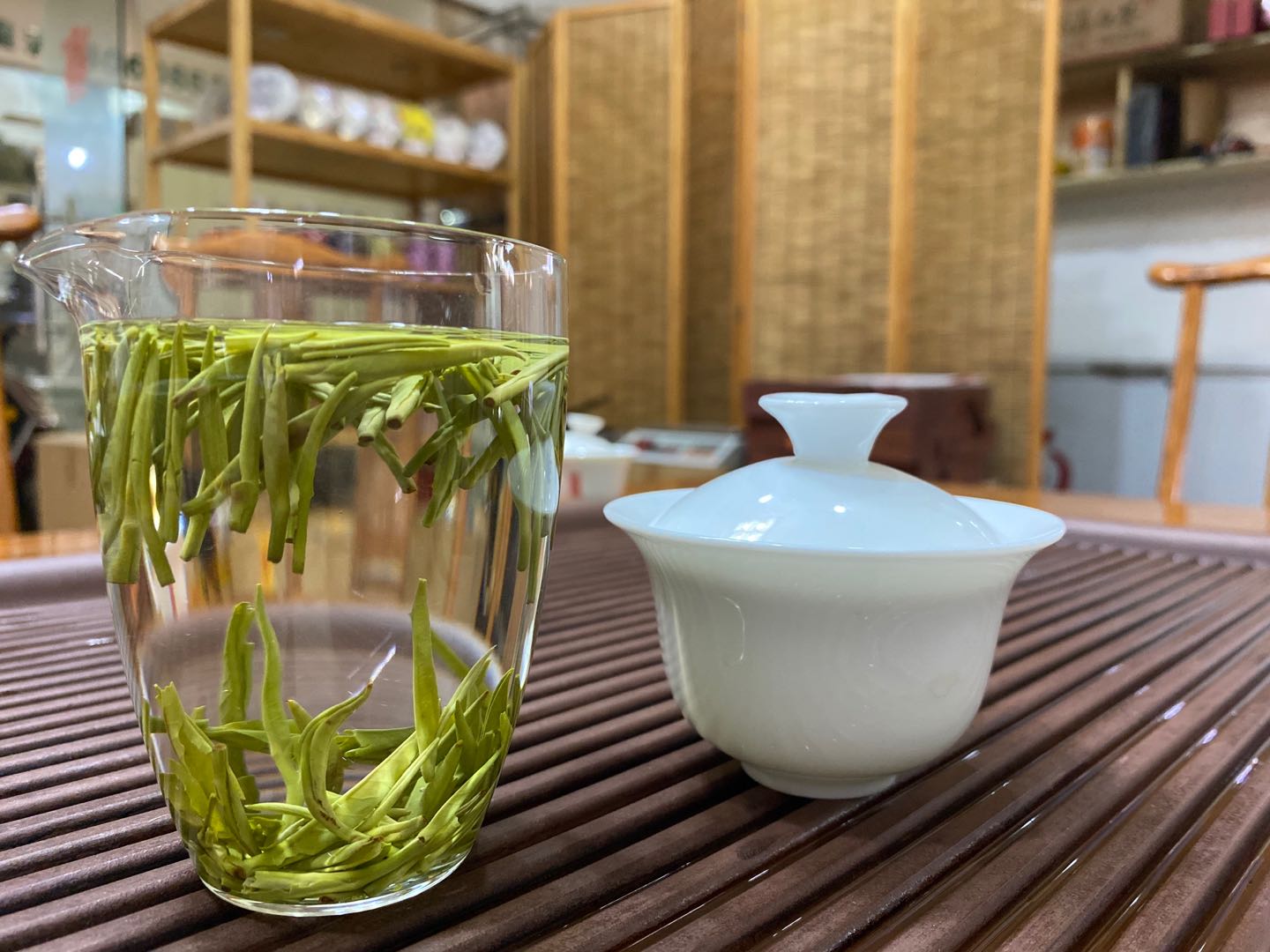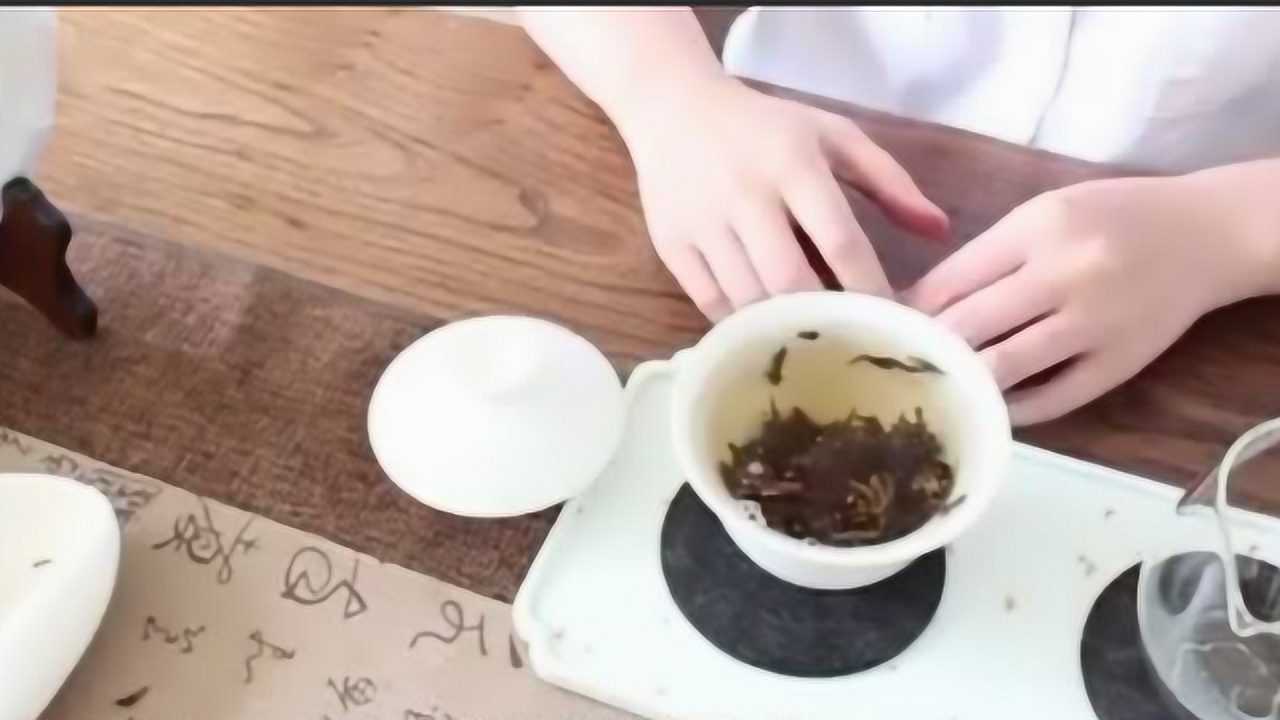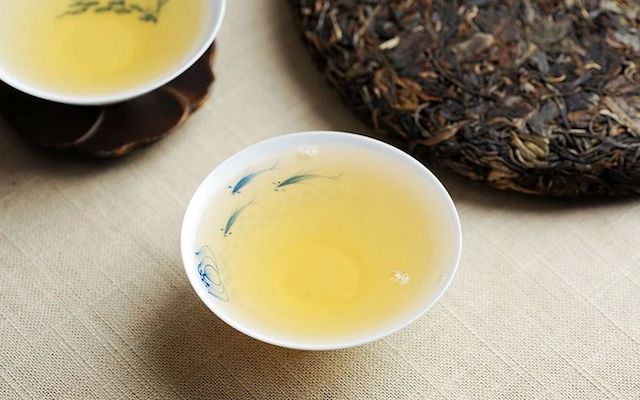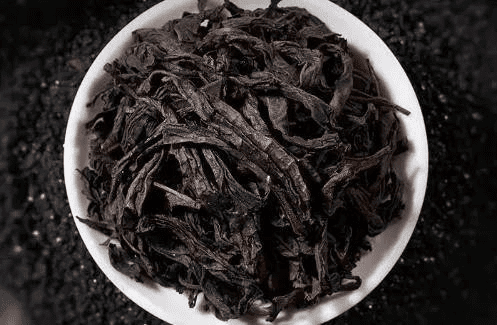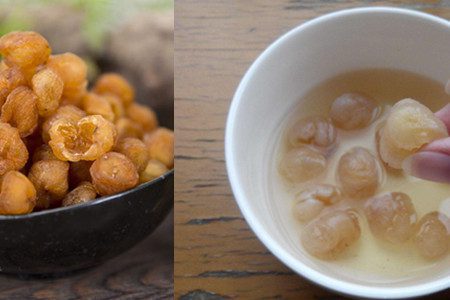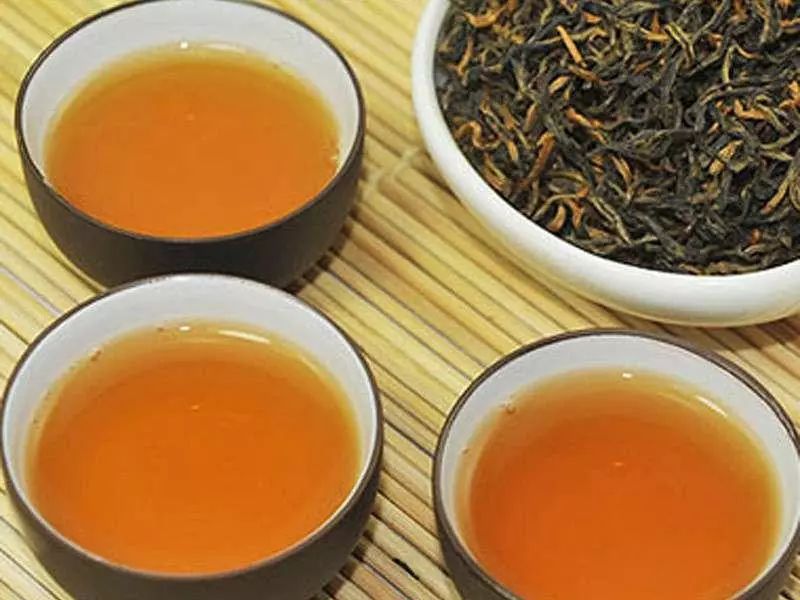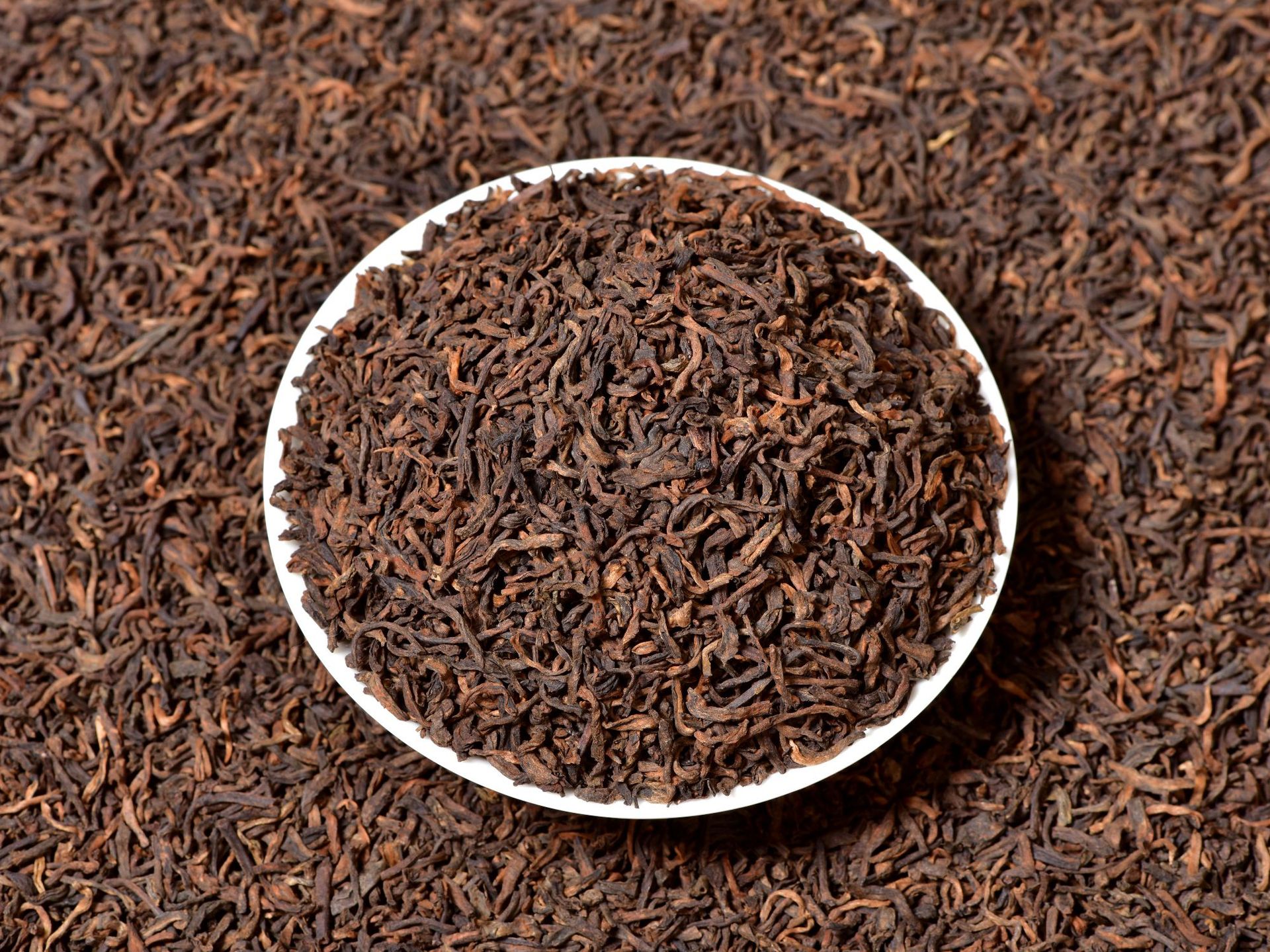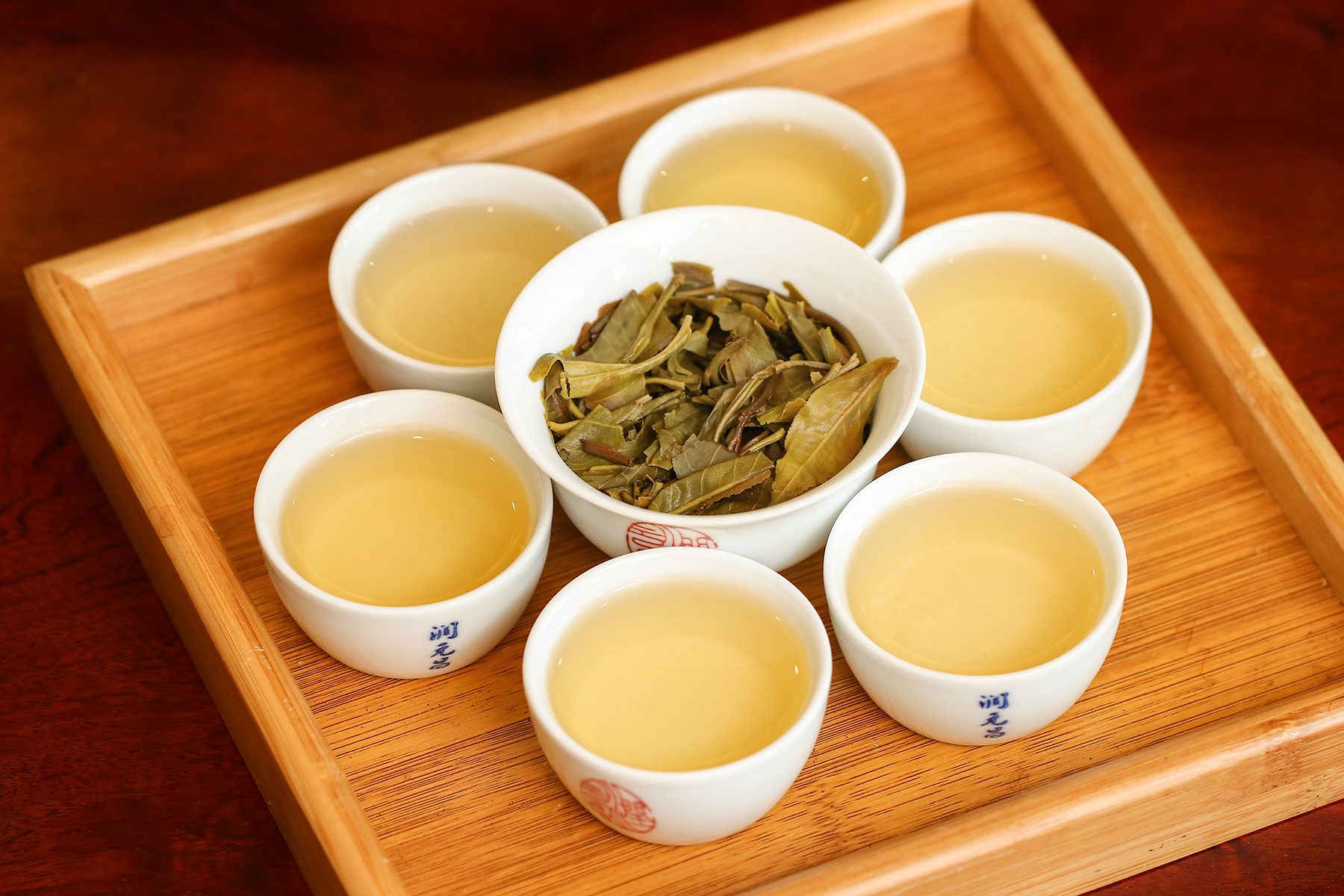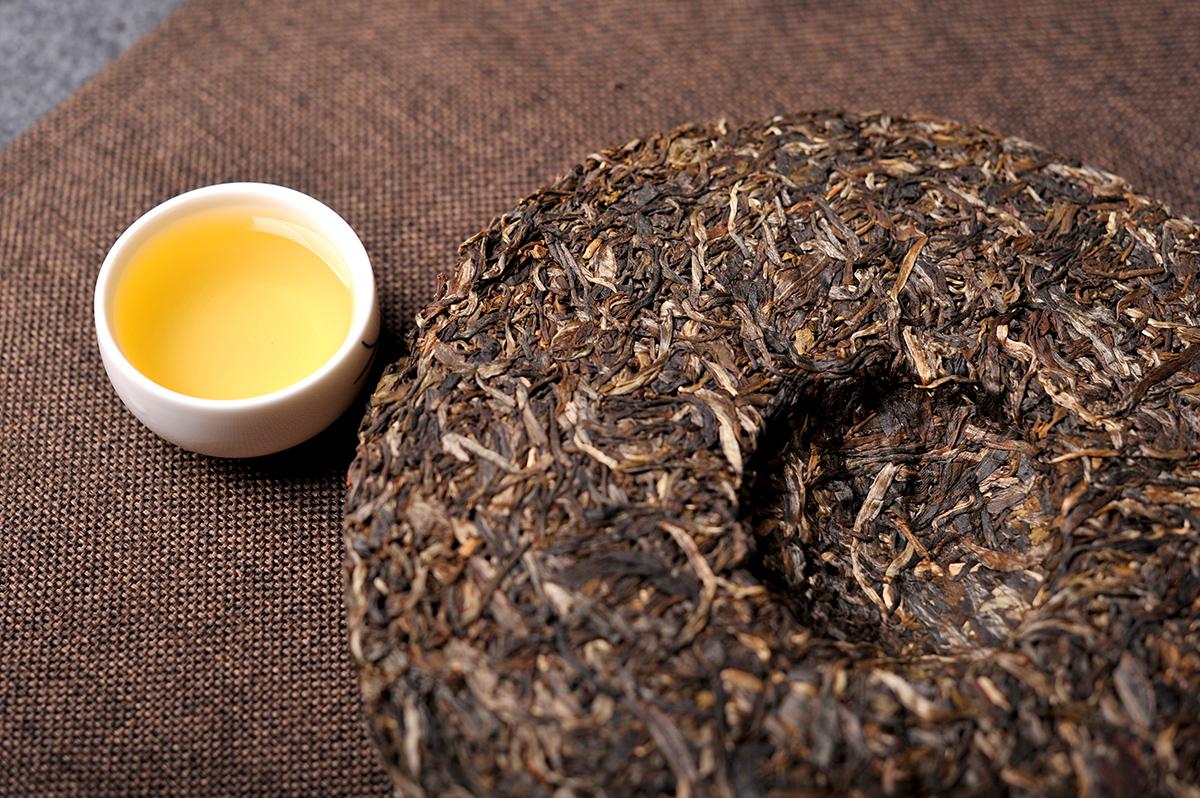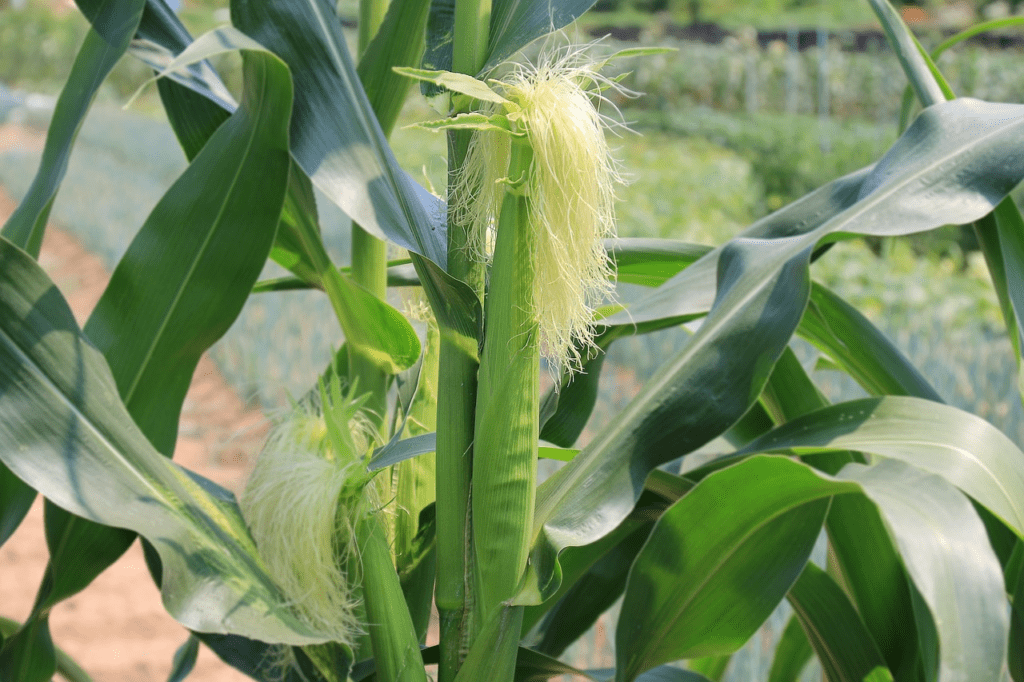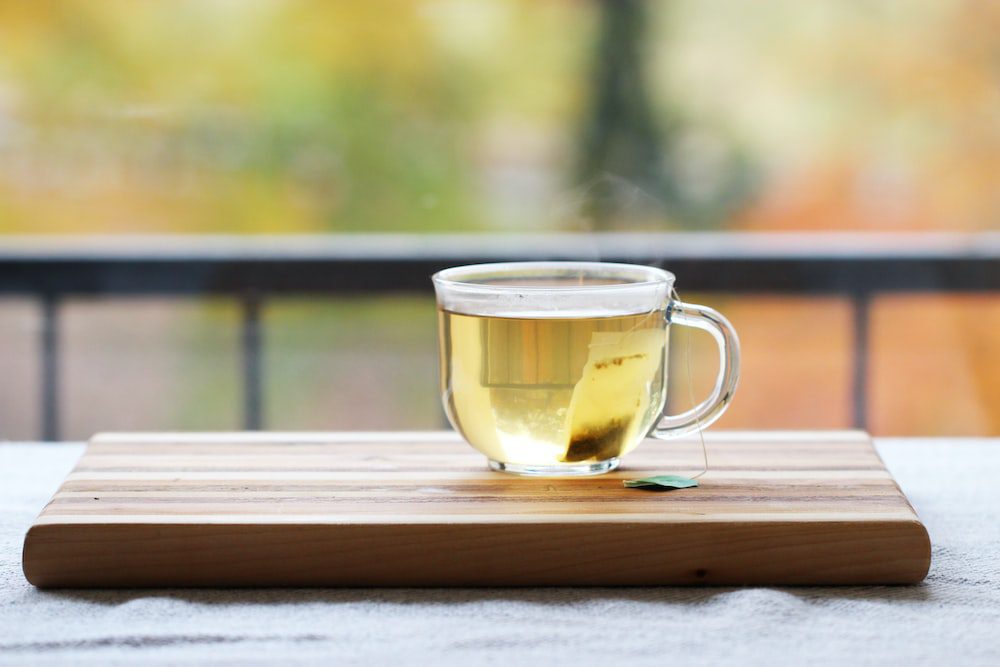Understanding the properties of green tea
Green tea is a kind of unfermented tea, its unique fragrance and fresh taste is loved by tea lovers. When brewing tea, the polyphenols and amino acids in the tea will be released to varying degrees as the water temperature changes, so it is crucial to master the water temperature for tea brewing. Green tea, if brewed at too high a temperature, will lead to bitter tea, losing its due fresh flavor.
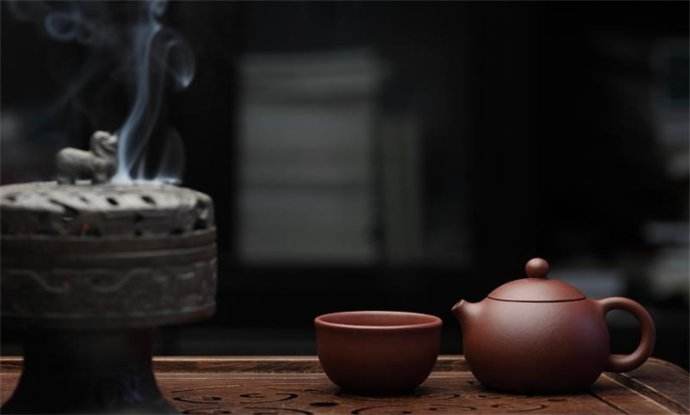
(Image source: Internet, deleted)
Why water temperature is so important
Different types of tea require different water temperatures to release their optimal flavor. For green tea, a lower water temperature can better retain the nutrients and aroma in the tea and avoid the bitter flavor. Too high a water temperature will cause the tannins and caffeine in the tea to be released quickly, resulting in the tea broth becoming too strong and bitter in flavor.
Optimal Tea Brewing Temperature
Generally speaking, the optimal brewing temperature for green tea is between 75℃ and 85℃. The exact temperature can be fine-tuned according to different types of green tea:
Longjing (tea)
Longjing tea is a very valuable green tea and is suitable to be brewed with water temperature around 80℃. This will preserve the fresh aroma and tender taste of Longjing tea.
Bigelow Spring
Biluochun tea leaves are delicate, and it is better to brew it at a slightly lower temperature, recommended to be around 75℃. This temperature can fully stimulate the aroma of flowers and fruits of Bigelow Spring.

(Image source: Internet, deleted)
Mao Jian tea
Mao Jian tea is suitable for brewing with water temperature of 85℃. A slightly higher temperature can better release the rich aroma and mellow flavor of Mao Jian tea.
How to control the water temperature
When brewing green tea at home, if you don't have a professional temperature measuring tool, you can use some simple methods to roughly estimate the water temperature. For example, you can leave the boiled water for a few minutes, the water temperature will naturally drop to a suitable range. In addition, you can also buy a special tea thermometer to ensure that every time you make tea, you can accurately control the water temperature.
Steps for making tea
Preparing Tea Set
Begin by preparing a clean tea set, including a teapot, teacups and a strainer. The choice of tea set is also important, porcelain or glass tea set is recommended for better viewing of the color of the tea broth.
thermos flask
Pour the right amount of hot water into the teapot and teacups, shake gently for a few moments, and then pour. This step, called warming the cups, keeps the tea set warm and helps to better release the aroma of the tea.

(Image source: Internet, deleted)
throw in tea (esp. for tea leaves)
Add the right amount of green tea according to the capacity of the teapot and your personal taste. Generally speaking, it is more appropriate to put about 3 grams of tea in a 150 ml teapot.
inject water into
Slowly pour hot water of the right temperature into the teapot and try to let the water flow evenly cover the tea leaves. At this point, you can observe the tea leaves slowly stretching out in the water, releasing a light aroma.
Soaking time
The steeping time of green tea should not be too long, usually around 1 to 2 minutes. If the time is too long, the tea soup will become bitter; if the time is too short, the nutrients and aroma in the tea leaves cannot be fully released. You can adjust the steeping time according to your personal taste.
taste tea
Pour out the tea broth and savor it. The color of the green tea broth is clear and bright, and the taste is refreshing with a hint of sweetness. Each sip is like savoring the scent of spring.
Frequently Asked Questions
Why does my green tea come out bitter?
Green tea that comes out bitter may be because the water temperature is too high or the steeping time is too long. Try lowering the water temperature to 75°C to 85°C and shortening the steeping time to 1 to 2 minutes.
Is it okay to make green tea with cold water?
While cold water brewing slows down the release of tannins and caffeine in tea and reduces bitterness, it takes longer to fully extract the aroma and nutrients from the tea leaves. Generally speaking, it takes several hours or even overnight to brew green tea in cold water to get a freshly flavored cup of cold brewed tea.
Can I mix different green teas?
Different types of green tea have their own unique aroma and flavor, and mixing is not recommended. Mixing may cause the aromas of different teas to interfere with each other, making it impossible to taste the unique flavor of each type of tea.
summarize
Brewing green tea may seem simple, but to brew a cup of fragrant and refreshing green tea, mastering the water temperature and steeping time is the key. By reasonably controlling the water temperature and steeping time, you can fully feel the unique charm of green tea. Whether it's Longjing, Biluochun or Mao Jian, every green tea needs careful care to bring out their best flavor. Enjoying a good cup of tea starts with the right brewing temperature.

